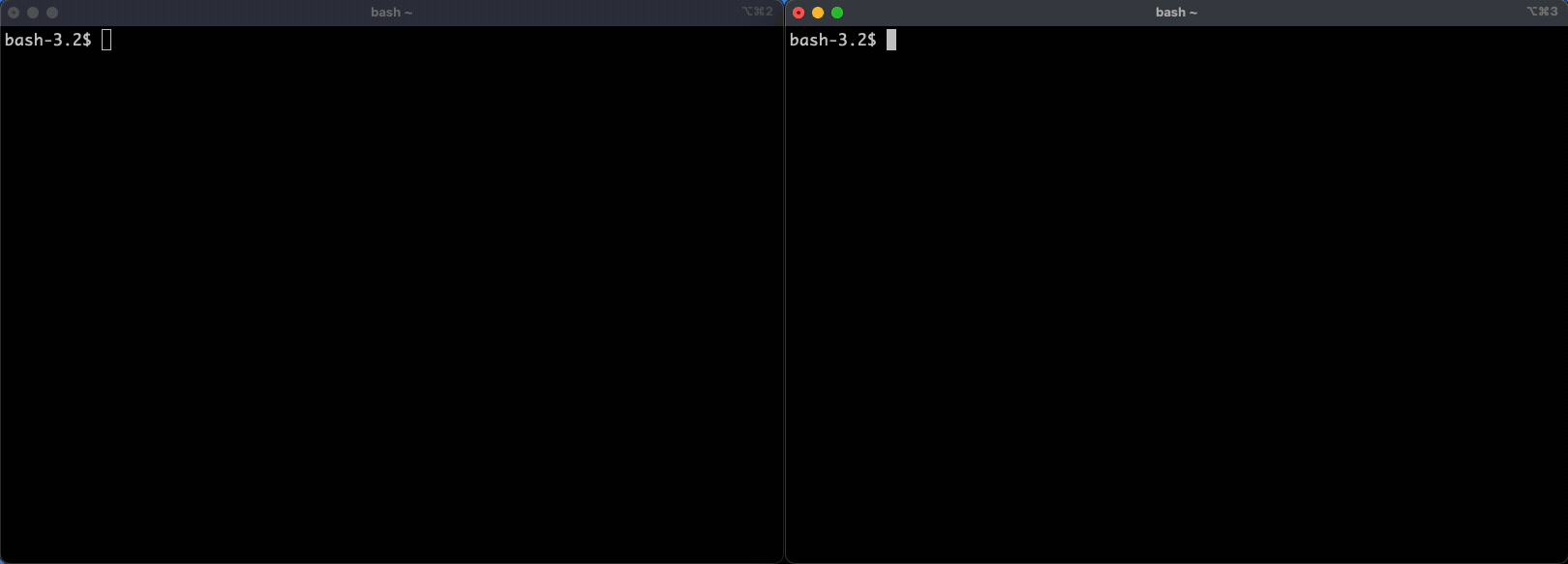Cloudflare Worker
View this page on the UpscalerJS websiteDemonstrates how to integrate UpscalerJS in a Cloudflare worker.
Getting Started
This guide requires running the example locally.
Clone the UpscalerJS repo:
git clone https://github.com/thekevinscott/UpscalerJS.git
And navigate to the cloudflare worker example folder and install the dependencies:
cd UpscalerJS/examples/cloudflare-worker
npm install
Then, in one terminal window, start up the browser frontend with:
npm run browser:start
And in another, the local cloudflare worker backend:
npm run wrangler:start

Code
A Cloudflare Worker, like a web worker, has a subset of browser functionality. Specifically, it lacks the ability to work with HTMLImageElements or HTMLCanvasElements natively.
What this means for us is that we must deal exclusively with tensors, and serialize them appropriately.
In the browser, we can load an image using tf:
// browser script
const pixels = tf.browser.fromPixels(img)
We can't send a tensor directly in a fetch call, as it cannot be natively serialized to JSON. We instead need to serialize it ourselves. We need to provide the raw data values, along with the shape of the tensor:
// browser script
const body = JSON.stringify({
data: Array.from(await pixels.data()),
shape: pixels.shape,
})
const response = await fetch(CLOUDFLARE_URL, { //CLOUDFLARE_URL is the URL of the cloudflare worker
method: 'POST',
body,
})
The @upscalerjs/esrgan-slim model works well within the free tier of Cloudflare Workers, but for larger models (like @upscalerjs/esrgan-large) you'll want to upgrade to a paid plan.
In our Cloudflare Worker, we instantiate UpscalerJS as normal:
// cloudflare-worker script
import * as tf from '@tensorflow/tfjs'
import Upscaler from 'upscaler'
import model from '@upscalerjs/esrgan-slim/4x'
const upscaler = new Upscaler({
model,
})
Then we need to unserialize our tensor:
// cloudflare-worker script
async function handleRequest(request) {
const { data, shape } = await request.json()
const tensor = tf.tensor(data, shape)
...
We pass this tensor to our UpscalerJS instantiation, making sure to also set the output to tensor:
// cloudflare-worker script
const upscaledSrc = await upscaler.upscale(input, {
output: 'tensor',
})
We then serialize our tensor again for response:
// cloudflare-worker script
const response = {
data: Array.from(upscaledSrc.dataSync()),
shape: upscaledSrc.shape,
}
return new Response(JSON.stringify(response), init)
And back in the browser, we can unserialize that tensor and work with it:
// browser script
const { data, shape } = await response.json()
const tensor = tf.tensor(data, shape)
await tf.browser.toPixels(tensor, canvas)